Focus on Environmental Monitoring
The Visible Light Range Scientific Camera Market is seeing a heightened focus on environmental monitoring, which is driving demand for advanced imaging solutions. As concerns about climate change and environmental degradation grow, there is an increasing need for accurate data collection and analysis. Scientific cameras are being utilized in various applications, such as wildlife monitoring, pollution tracking, and ecosystem studies. Market analysis indicates that the environmental monitoring sector is projected to expand significantly, with visible light cameras playing a pivotal role in data acquisition. This trend suggests that the market for these cameras will continue to thrive as environmental research becomes more critical.
Technological Advancements in Imaging
The Visible Light Range Scientific Camera Market is experiencing a surge in technological advancements that enhance imaging capabilities. Innovations such as improved sensor technology, higher resolution, and advanced image processing algorithms are driving the market forward. For instance, the integration of artificial intelligence in image analysis is becoming increasingly prevalent, allowing for more accurate data interpretation. This trend is reflected in the growing adoption of cameras equipped with these advanced features, which are projected to account for a significant share of the market by 2026. As research institutions and laboratories seek to leverage these advancements, the demand for high-performance visible light cameras is likely to increase, thereby propelling the market.
Growing Demand in Educational Institutions
The Visible Light Range Scientific Camera Market is experiencing a growing demand from educational institutions that seek to enhance their science programs. Schools and universities are increasingly incorporating advanced imaging technologies into their curricula to provide students with hands-on experience in scientific research. This trend is supported by market data suggesting that educational institutions are expected to invest heavily in laboratory equipment, including visible light cameras, over the next few years. As educational programs evolve to include more practical applications of science, the demand for these cameras is likely to rise, thereby contributing to the overall growth of the market.
Increased Investment in Scientific Research
The Visible Light Range Scientific Camera Market is benefiting from increased investment in scientific research across various disciplines. Governments and private organizations are allocating more funds to research initiatives, which in turn drives the demand for advanced imaging technologies. For example, funding for environmental studies and medical research has seen a significant uptick, leading to a higher requirement for reliable imaging solutions. This trend is expected to continue, with projections indicating that the market for scientific cameras could reach a valuation of several billion dollars by 2027. As research funding increases, the visible light range cameras will likely become essential tools for scientists and researchers.
Rising Applications in Research and Development
The Visible Light Range Scientific Camera Market is witnessing a notable increase in applications across various research and development sectors. Fields such as biology, chemistry, and materials science are increasingly utilizing these cameras for precise imaging and analysis. The market data indicates that the demand for scientific cameras in these sectors is expected to grow at a compound annual growth rate of approximately 8% over the next five years. This growth is driven by the need for high-quality imaging solutions that can support complex experiments and data collection processes. As researchers continue to seek innovative ways to enhance their work, the visible light range cameras are likely to play a crucial role in advancing scientific knowledge.

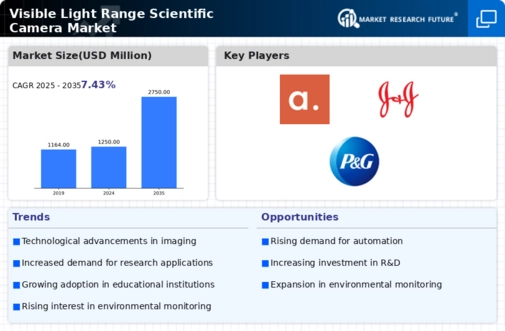
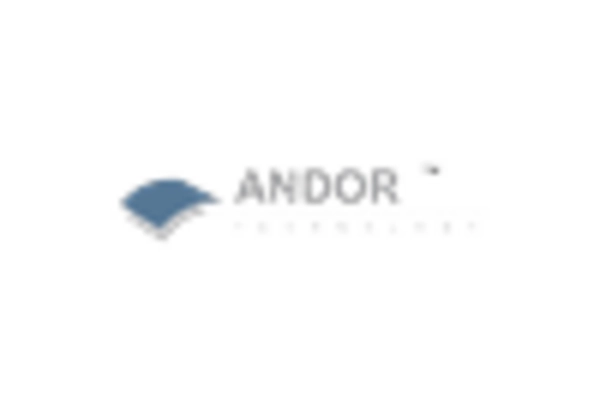
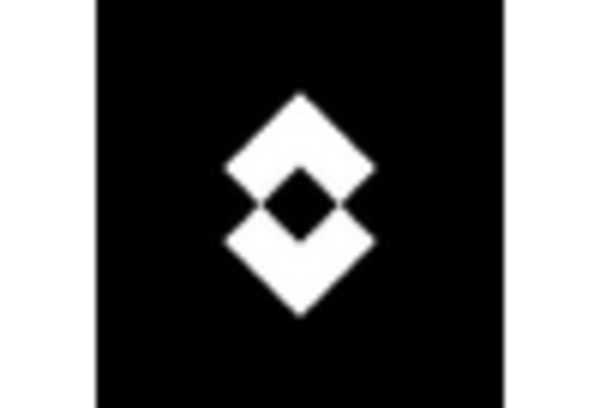
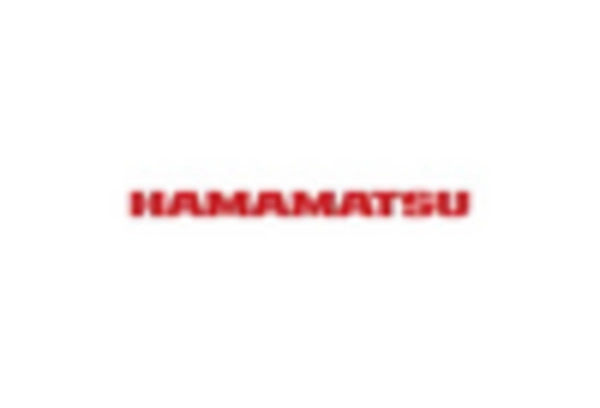
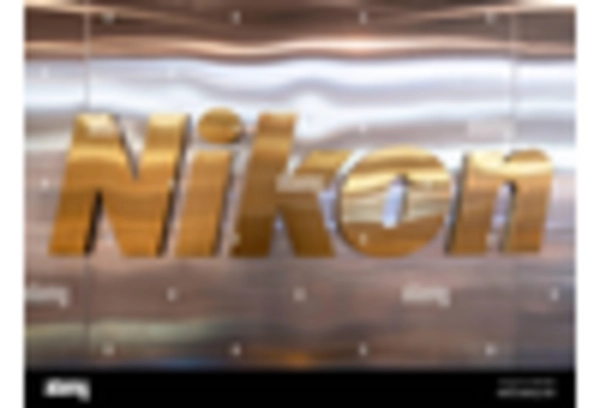










Leave a Comment